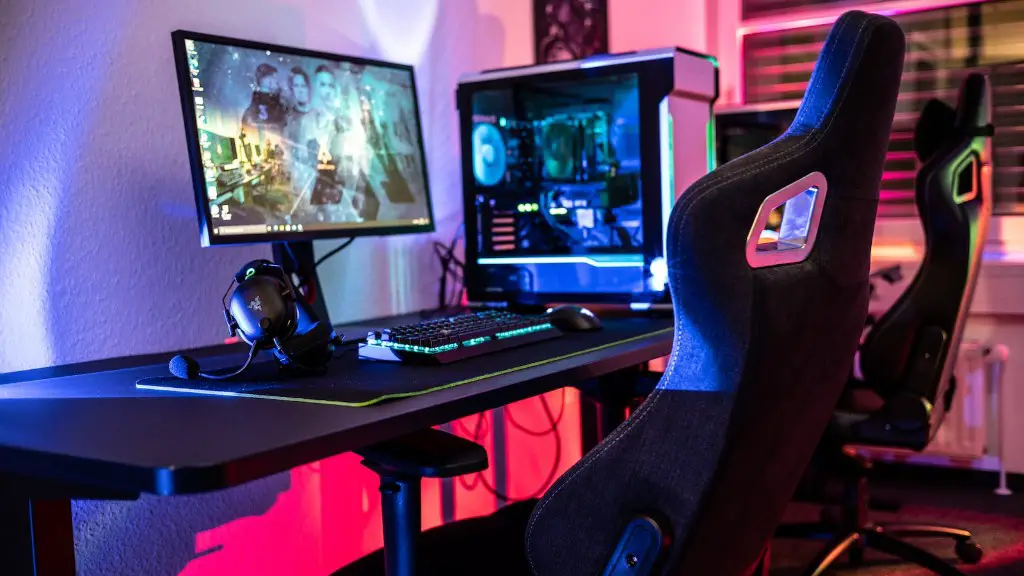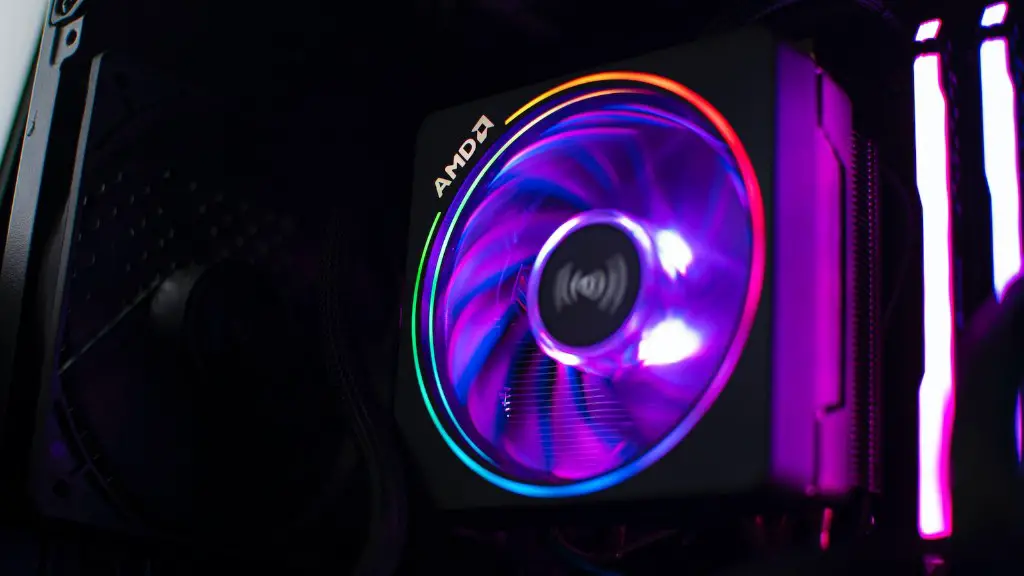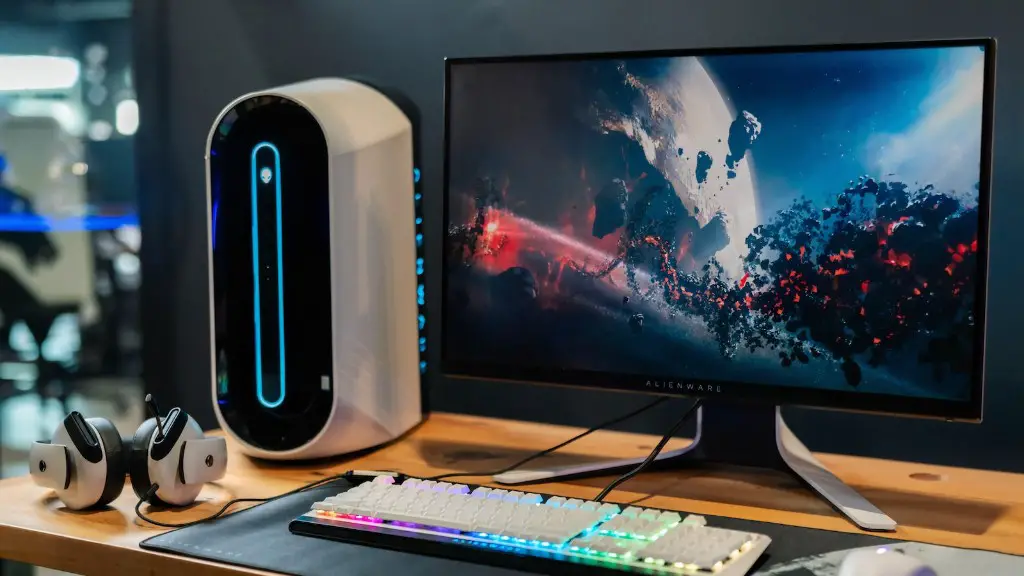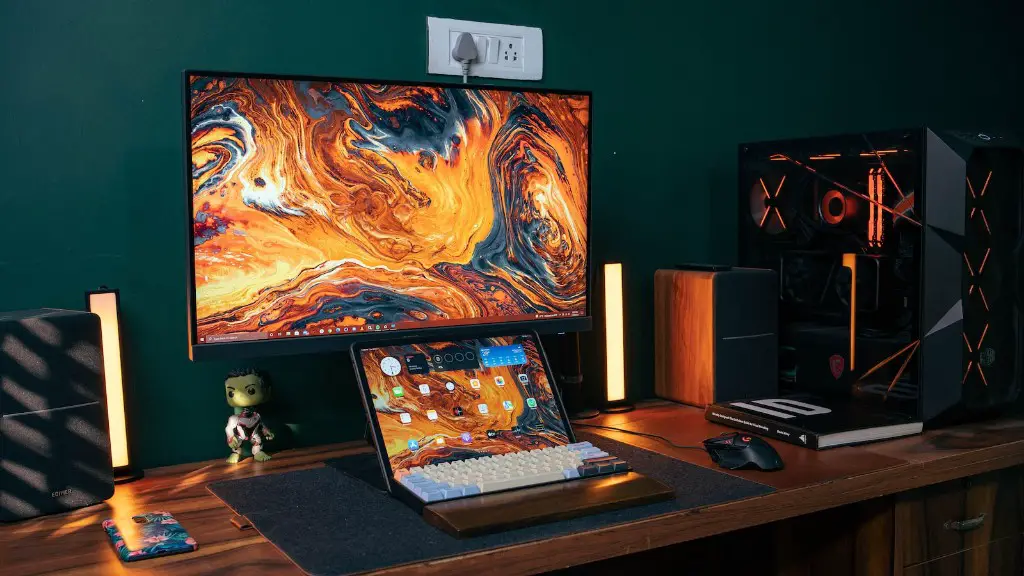The cost of buying a gaming monitor depends on the features it offers. Monitors with higher refresh rates, resolutions, and panel types tend to cost more. On average, gaming monitors range from $200 to $800, but some high-end models can cost more. More expensive monitors usually have better screens, richer colors, and shorter response times, which can give competitive gamers an edge in competitive games.
When choosing a gaming monitor, start by considering screen size. The size of the display affects the cost of the monitor. Bigger, curved displays tend to cost more and pay off in improved immersion. Players with an inch of space should think about buying a 27 inch monitor.
When choosing a gaming monitor, don’t forget to look at the resolutions that it offers. 1440p and 4K models may cost more than 1080p monitors, but they offer a sharper, more detailed viewing experience. Pick a resolution that fits your budget and your gaming needs. Higher resolutions are better for competitive gaming, while lower resolutions are better for console gaming.
Next, think about refresh rates. Refresh rates determine how often the monitor refreshes the picture, measured in hertz (Hz). Most gaming monitors offer refresh rates of 60 Hz or higher, with some models offering refresh rates of 120 Hz or 240 Hz. Higher refresh rates provide smoother, lag-free gaming.
GPUs also play an important role in selecting a gaming monitor. Some monitors support AMD FreeSync or NVIDIA G-SYNC, which are technologies that make the monitor and graphics card work together to reduce screen tearing and input lag. Monitors with FreeSync and G-SYNC usually cost more than monitors without.
Lastly, consider other features. Curved displays offer more immersive gaming experiences, but they tend to cost more. Other features such as USB ports, built-in speakers, and adjustable stands can also affect the price. Make sure to include all of these factors when shopping for a gaming monitor.
Overall, the cost of a gaming monitor depends on its features. Monitors with higher resolutions, refresh rates, and other features tend to cost more. Prices range from $200 to $800, but some high-end models can cost more. Consider what features you need and shop around to find the best deals.
Screen Size
The size of the gaming monitor is one of the first things to consider when budgeting for a gaming monitor. Bigger monitors tend to cost more because they require more material and technology to create. Some gamers may find that a bigger display increases the level of immersion. People with limited space should consider a smaller monitor, as they do not require as much desk space.
Most gaming monitors range from 24 to 34 inches in size. Smaller monitors may provide harder clarity and can be less immersive. For console gaming, 24 to 27 inches is adequate, while 27 to 34 inches is ideal for PC gaming. Some gamers may want to go with a curved display to enhance their gaming experience.
Keep in mind that larger screens may require a more powerful GPU. Gamers with powerful GPUs should consider a big screen size. Gamers with budget PCs should stick with a 24 inch or 27 inch monitor that operates at lower resolution.
Once gamers have decided on the size of the monitor, they can consider other factors such as resolution, refresh rate, and connectivity.
In conclusion, the size of the monitor is important when considering the cost of a gaming monitor. Larger, curved displays tend to cost more, but some may find the extra cost is worthwhile for the enlarged picture and immersive gameplay. Console gamers may want to stick to 24 in to 27 in monitors while PC gamers should consider 27 in to 34 in monitors. Also, gamers should factor in the power of their GPU when deciding on a monitor size.
Resolution
Resolution is the number of pixels per inch on the monitor, measured in lines per inch (lpi). The higher the resolution, the sharper and more clear the display. Most gaming monitors range from 1080p to 4K resolution.
1080p and 1440p are the most popular resolutions for gaming monitors. 1080p offers the most budget-friendly gaming experience, while 1440p offers a balance between performance and price. 4K monitors provide the highest image quality, but may cause lag for users with lower-end hardware.
When choosing a resolution, gamers should also consider the type of games they play. Competitive gamers may want to stick with 1080p or 1440p to reduce lag and get the most out of their hardware. Console gamers may benefit from 4K, as it provides a more immersive experience.
Another factor to consider is screen size. Larger screens tend to require higher resolutions for optimal image quality, as the larger screen can detract from the image if the resolution is too low. Console gamers should stick to 1080p on smaller screens, while PC gamers should consider 1440p on larger screens and 4K on the largest displays.
In conclusion, resolution is an important factor when deciding on a gaming monitor. Higher resolution monitors typically cost more, but also provide higher image quality and a more immersive experience. Console gamers should stick to 1080p on smaller screens, while PC gamers should consider 1440p on large screens and 4K on the biggest displays.
Refresh Rates
Refresh rates determine how often the monitor refreshes the picture, measured in hertz (Hz). Higher refresh rates result in smoother, lag-free gaming. Most gaming monitors offer refresh rates of 60 Hz or higher. Monitors with higher refresh rates tend to cost more, but they can pay off in improved gaming performance.
Some gaming monitors offer refresh rates of 120 Hz or even 240 Hz. These higher rates provide the lowest possible input lag and the smoothest gaming experience. They are best suited for gamers who want to compete at the highest levels, as the extra responsiveness can give gamers an edge in fast-paced games.
GPUs also play a role in the refresh rate. Monitors with AMD FreeSync and NVIDIA G-SYNC technology can sync up with compatible graphics cards for an even smoother gaming experience. These technologies tend to cost more, but they offer the same performance benefits as a higher refresh rate.
In conclusion, refresh rates are an important factor when selecting a gaming monitor. Higher refresh rates provide smoother, lag-free gaming. Monitors with refresh rates of 120 Hz or higher provide the lowest possible input lag, while FreeSync and G-SYNC technologies can also provide smoother performance. The extra cost might be worthwhile for competitive gamers looking for an edge in their games.
Connectivity
Monitor connectivity is an important factor to consider when shopping for a gaming monitor. Most gaming monitors come with HDMI and DisplayPort ports, allowing gamers to connect their PCs and consoles to the monitor. Some models may also include USB ports and built-in speakers.
HDMI and DisplayPort are the most common ports for connecting graphics cards and consoles. HDMI is the most common port in gaming monitors and provides backward compatibility with older graphics cards. DisplayPort is mainly found on higher-end monitors and offers superior image quality and bandwidth. USB ports allow gamers to connect external storage devices, while built-in speakers eliminate the need for external speakers.
Gamers should also consider the type of HDMI input they need. HDMI 2.0 is the most common standard and is suitable for 1080p and 1440p resolutions. HDMI 2.1 is needed for 4K resolution and high refresh rate gaming. Adapters are available for consoles that don’t have an HDMI 2.1 port.
In conclusion, connectivity is another important factor to consider when shopping for a gaming monitor. Most gaming monitors come with HDMI and DisplayPort ports and may include USB ports and built-in speakers. HDMI 2.0 is suitable for 1080p and 1440p resolutions, while HDMI 2.1 is needed for 4K resolution and high refresh rate gaming. Consider the type of ports you need and the resolutions and refresh rates you intend to support.
Other Features
Other features to consider when shopping for a gaming monitor include curved displays and adjustable stands. Curved displays provide a wider field of view and can give a more immersive experience. However, they tend to cost more than flat-screen displays.
Adjustable stands allow gamers to adjust the monitor height and orientation to find a comfortable viewing angle. This can be helpful for gamers with back problems or complex console gaming setups. Some monitors may also offer eye-care features such as blue-light filters and flicker-free technology.
Players should also consider the build quality of the monitor. Cheaper models may have lower quality stands, which could break over time. More expensive monitors typically have more robust build quality and better stands. This is especially important for gamers who intend to adjust the stand regularly.
In conclusion, some gamers may want to consider other features when shopping for a gaming monitor. Curved displays can provide a more immersive experience, while adjustable stands can help gamers find a comfortable viewing angle. Build quality should also be taken into consideration, as cheaper monitors may have lower quality stands that may break over time.




